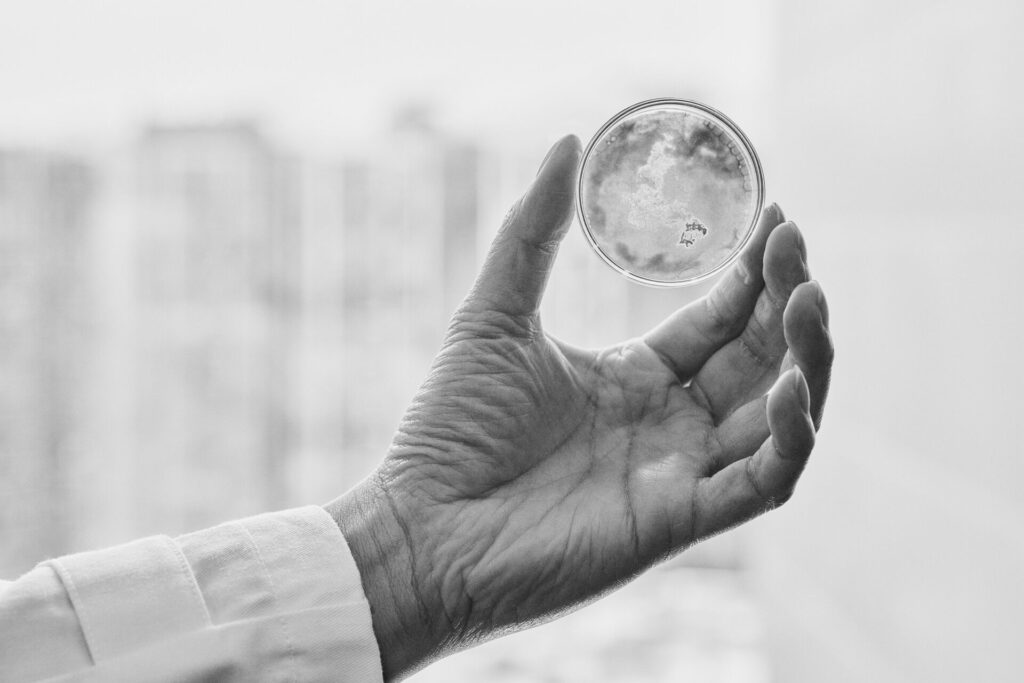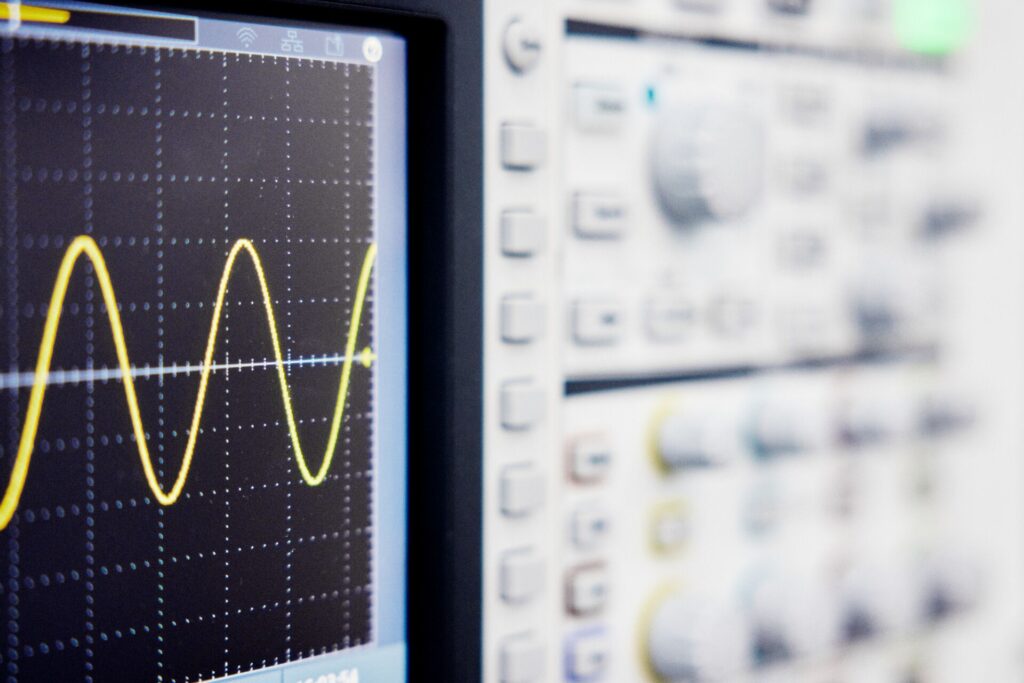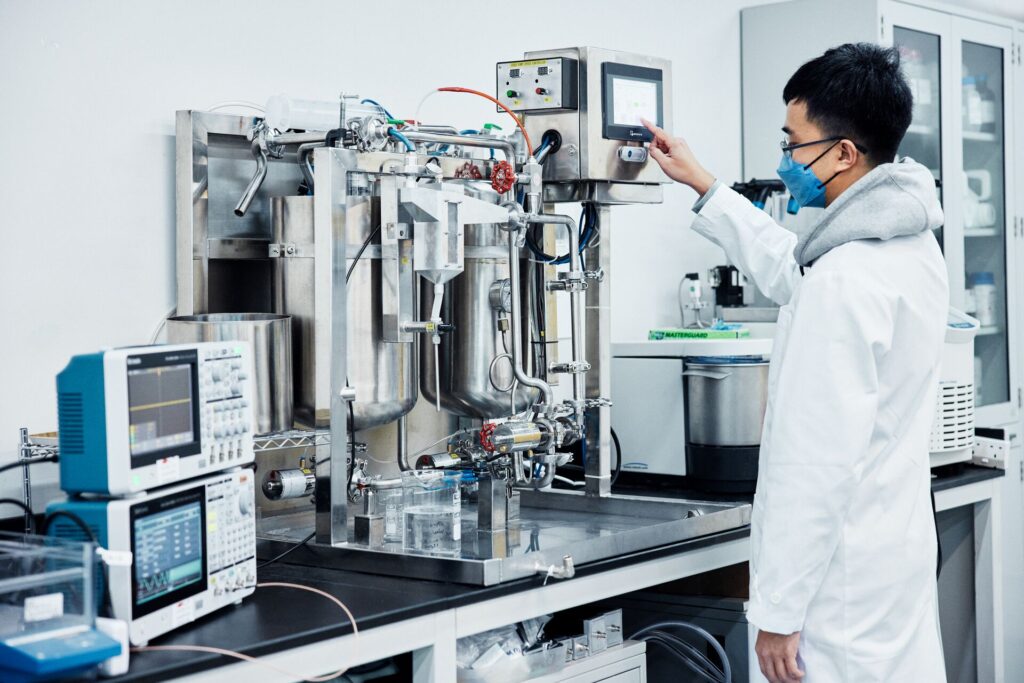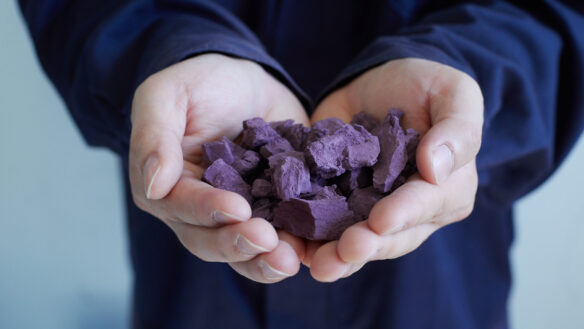


The presence of microplastics in our seas, land and air and their negative effect on ecosystems, animals and people, is a globally established problem. Microplastics come from a variety of sources, including from larger plastic debris that degrades into smaller and smaller pieces, or microbeads in exfoliating health and beauty products, or cleansers such as toothpaste. But it is estimated that 16%-35% of all microplastics released per year globally, are caused by the production, wearing and washing of synthetic textiles.
Acousweep utilises sweeping acoustic waves in a specially shaped chamber to trap and separate microplastic fibres from wastewater effectively. The existing lab scale treatment system handles 20 litres of water per hour while the upscaled version will be able to treat 5-10 tons of water per hour. Acousweep is a plug-and-play application. The technology can be easily transported and connected to any wastewater facility.
The microplastic extraction process is a physical separation and collection as water passes through the acoustic chamber on its way to an outlet. No chemical, solvent or biological additives are needed. The separated microplastics drip into a collection tank for further treatment, such as recycling.
Acousweep is one of 30 or so ongoing HKRITA research projects that are supported by the H&M Foundation. The projects make up an operative toolbox for the textile and fashion industry to utilize as it moves from being part of the problem to being part of the solution.
Additional facts
- A microplastic is generally defined as plastic that is less than 5mm in length (or about the size of a sesame seed and smaller).
- According to the European Environment Agency about 8% of European microplastics released to oceans are from synthetic textiles — globally, this figure is estimated at 16-35%. Between 200,000 and 500,000 tons of microplastics from textiles enter the global marine environment each year.
- Today, wastewater treatment facilities use bag filters or cartridge filters to filter microplastics from the water. Microfibres eventually block the pores of the filters resulting in lower efficiency and requiring regular replacement.
- Acousweep uses high frequency ultrasound (inaudible to humans) as an efficient way of separating the microplastics from water.
- Acousweep is designed to be retrofitted at the outlet of any wastewater treatment facility so it can ’sweep’ the water on its way out.


